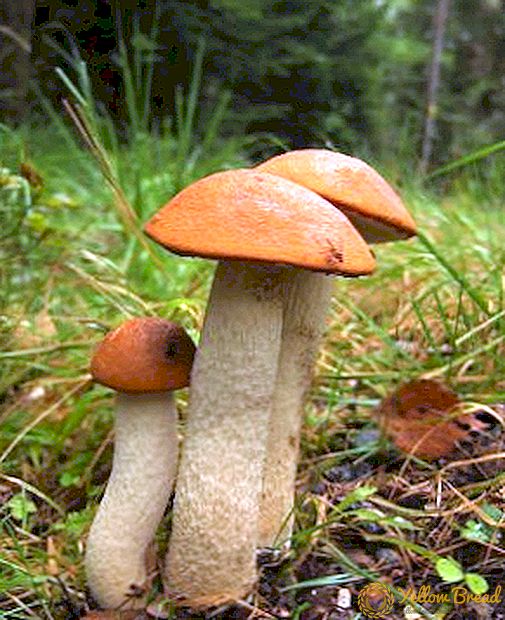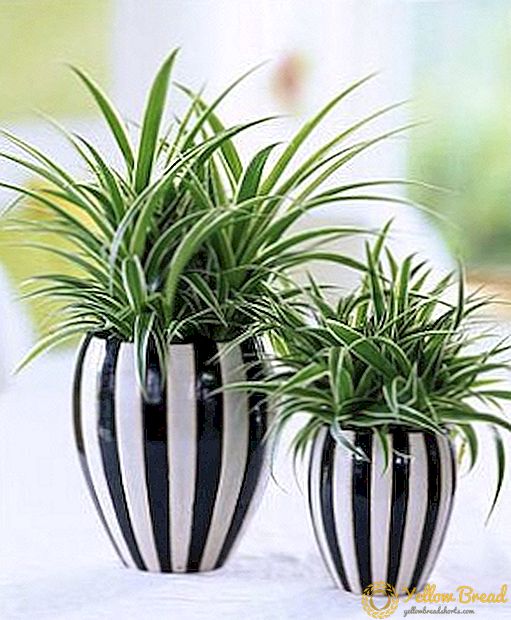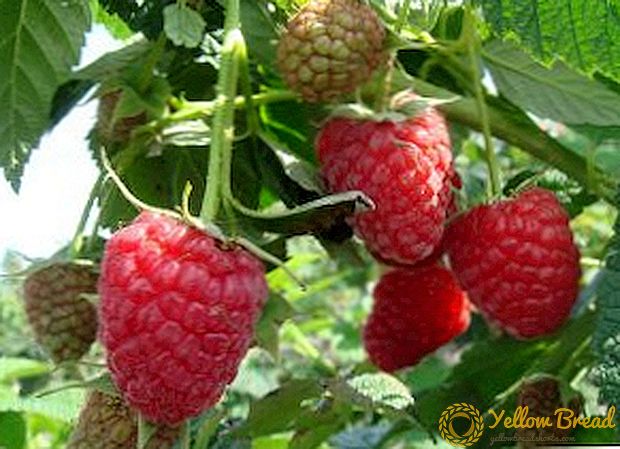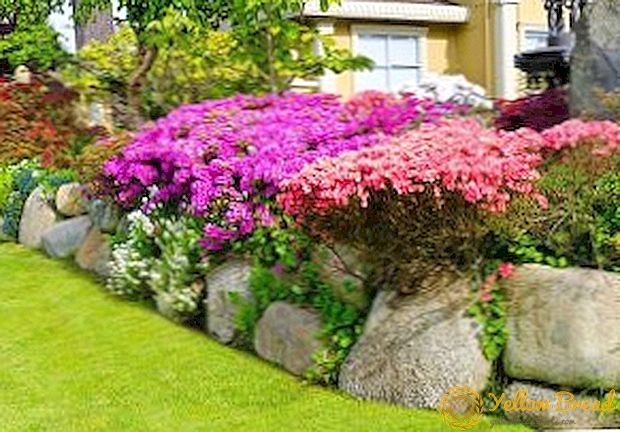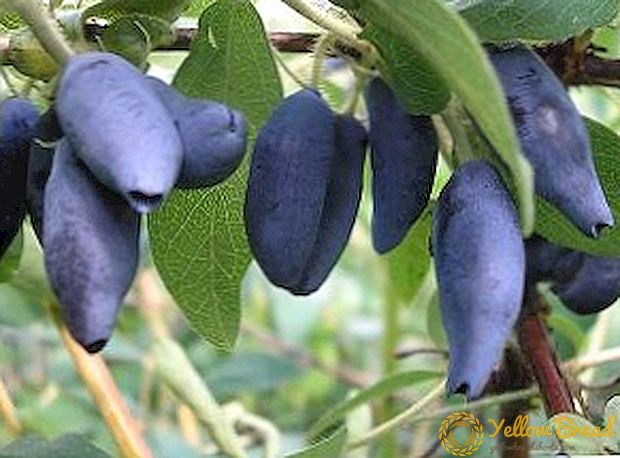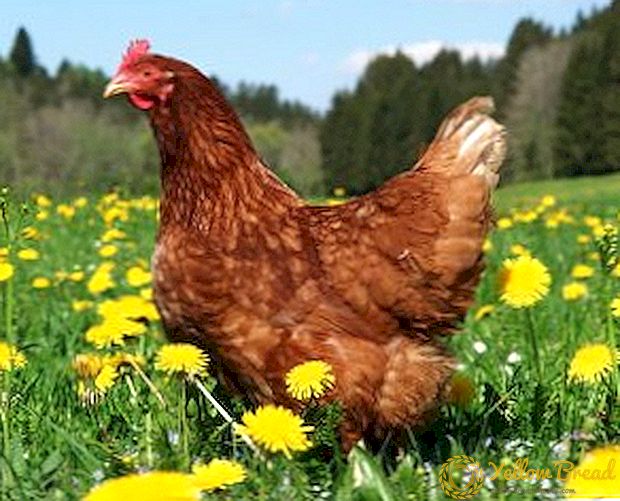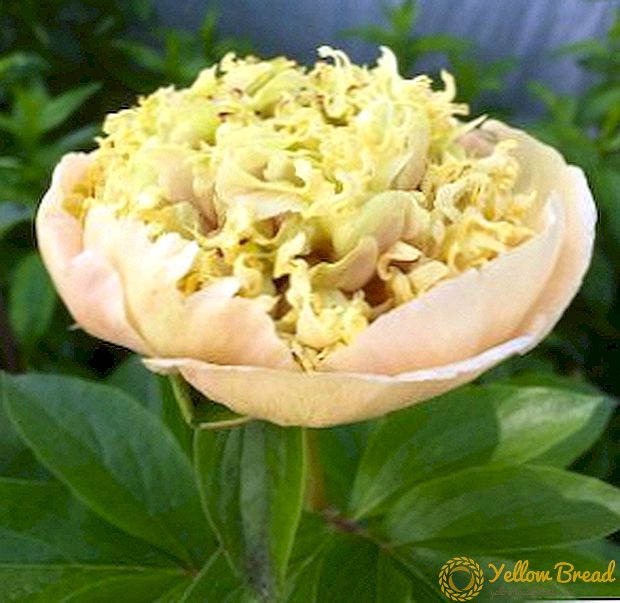 The beauty of flowering peonies is so mesmerizing that it is literally impossible to tear off. Variety in color and shape: one can find both snow-white semi-double or maroon anemone-shaped buds, as well as pink terry and scarlet rose-like.
The beauty of flowering peonies is so mesmerizing that it is literally impossible to tear off. Variety in color and shape: one can find both snow-white semi-double or maroon anemone-shaped buds, as well as pink terry and scarlet rose-like.
For peonies always try to take the best place in the garden. Let's see how picky a peony is and how much care it needs.
- Site selection and soil preparation for pion planting
- Rules for planting a popular flower
- Peony Care Features
- Weeding
- Watering
- Soil loosening
- Features feeding peonies
- Peony care, garter and removal of faded flowers
- Breeding pions
- Secrets of lush peonies, tips from experts
Site selection and soil preparation for pion planting
Longevity of your flower, as well as its productivity and decorative effect will depend on compliance with the proper agricultural practices, taking into account the biological preferences of peonies.
 A special role is played by the choice of a place for landing pions. The site should be as open as possible for the circulation of fresh air, while being protected from strong winds, there should be a lot of sunlight.
A special role is played by the choice of a place for landing pions. The site should be as open as possible for the circulation of fresh air, while being protected from strong winds, there should be a lot of sunlight.
Peonies can be in light penumbra, but staying in the dark for more than 3 hours will lead to inadequate flowering. Flowers such as peonies can not be planted near the building, their cultivation and care for them is best carried out in the garden.
Peonies can germinate in almost any soil, however, if you can choose, surely take loamy. This soil is already drained, very moisture-intensive and domesticated.
Before planting peonies in the dacha, you need to prepare the soil for them at least 3 weeks before the planned planting, during which time it settles well.
Rules for planting a popular flower
The basic rule for growing peony - the choice of location. It is important to choose a peony a good place in which he will live for many years.
The pit in which the pion will grow should be at least 60 cm.
 Loosen the pit and two-thirds of it fill the nutrient mixture of peat, the top layer of the removed soil and humus. To this mixture on one pit, you need to add another 400 g of bone meal and 200 g of superphosphate, mix everything well.Cover the rest of the pit with earth without fertilizer and humus.
Loosen the pit and two-thirds of it fill the nutrient mixture of peat, the top layer of the removed soil and humus. To this mixture on one pit, you need to add another 400 g of bone meal and 200 g of superphosphate, mix everything well.Cover the rest of the pit with earth without fertilizer and humus.
Although it is not difficult to grow peonies, the growing conditions must be met.
Peony Care Features
If the peony has got accustomed and has begun to grow, then it is important to take good care of it, then it will delight you with its bloom for a quarter of a century.
Proper care of the plant affects its size and duration of flowering, resistance to pests and diseases. The main flower care tricks are:
- often loosen and mulch the soil;
- get rid of weeds;
- water;
- feed the soil with fertilizers;
- tie up peonies;
- remove faded flowers;
- prepare peonies for winter time.

Weeding
Weeding - One of the most important conditions for healthy peony growth. Timely removal of weeds has a positive effect on the development and appearance of the plant. Carefully process the soil around the peony, but do not cut the flower itself.
Watering
Peony, like a garden flower, needs systematic and timely watering. Watering plays a particularly important role in early summer, when the peony actively grows by itself and its buds grow.
It is necessary to water a peony once a week in the amount of about 35 liters of water per adult bush. Make sure that the soil around the peony does not dry out in the summer, it may be necessary to additionally water the bush every day.
Soil loosening
 To loosen the soil with great care, because you can damage the roots of the bush. During loosening, a maximum of 10 cm can be dredged into the ground. To loosen the ground better after rain or self-watering, it will help eliminate the earth crust.
To loosen the soil with great care, because you can damage the roots of the bush. During loosening, a maximum of 10 cm can be dredged into the ground. To loosen the ground better after rain or self-watering, it will help eliminate the earth crust.
Features feeding peonies
It is better to start feeding in the third year after proper planting. Active flowering - the main sign of a good fit. During the year, the peony needs additional feeding:
- The first feeding is carried out in early spring, you can immediately after the last snow has melted. To do this, use the nitrogen-potassium fertilizer. 15 g of nitrogen, the same amount of potassium, is scattered around the bush. It is important not to fall on the bush, only the ground should be fertilized.
- The second feeding is arranged during the period of pion budding, thereby improving the quality of flowering. Potassium, phosphorus and nitrogen are used for this feeding: 12, 15, 10 g of fertilizers, respectively, and sprinkle the earth.
- The third dressing is carried out two weeks after flowering.A mixture of potassium and phosphorus is also poured on the ground in a ratio of 12 g: 20 g of fertilizer.
Peony care, garter and removal of faded flowers
Adult and sprawling peonies must be tied up. Due to heavy flowers and buds, the bush can bend to the ground, especially if there is a strong wind or rain.
 If this happens, the central part will open and will dry out over time or, conversely, will become too wet. Because of this, the peony may die. Beat in wooden pegs, as if protecting a flower, and tie peonies to them with a rope. This will maintain the shape of the flower.
If this happens, the central part will open and will dry out over time or, conversely, will become too wet. Because of this, the peony may die. Beat in wooden pegs, as if protecting a flower, and tie peonies to them with a rope. This will maintain the shape of the flower.
After the peonies fade away, it is necessary to immediately remove faded buds. When you are going to prune the peonies after flowering, simply remove the dried flowers with part of the stem.
If the faded flower is not removed in time, then its fallen petals will provoke fungal diseases for the flower. If the weather is dry at this time, then you need to water the plant thoroughly.
By winter, peonies should be covered with peat, sawdust or compost. Because of possible fungal diseases, straw and leaves will not do for this. Removing material for shelter in the spring, you can leave a little for mulch.
Breeding pions
If you have a question: how to propagate peonies, then know that peonies propagate by cuttings and dividing a bush.
To to propagate peonies by cuttings, use a small piece of rhizome that has a sleeping bud. Separate the stalk from the bush in July, before September it will have time to take root. Thus, you can grow peonies in another place using reproduction by rhizome.
 For breeding division bush you need to use bushes of eight years old. It is necessary to squeeze their shoots to the ground and cover it with earth, ten centimeters will be enough. Fix the escape with a peg and fill the ground if necessary. Closer to September, cut the stem with already sprouting roots and plant them where you planned.
For breeding division bush you need to use bushes of eight years old. It is necessary to squeeze their shoots to the ground and cover it with earth, ten centimeters will be enough. Fix the escape with a peg and fill the ground if necessary. Closer to September, cut the stem with already sprouting roots and plant them where you planned.
But all these methods can be used for reproduction of pions in the autumn. Most likely, you are interested in - how to multiply the peonies in the spring? This process is not so simple:
- choose a day with good weather;
- if almost all the snow has already melted, then remove the bush from the ground;
- be careful, after winter the roots are too weak and can break from any irregular movement;
- lower the bush with the earthy clod (roots in the ground) into the pit with loose, mixed with nutrients ground;
- compost is suitable for feeding; a stronger fertilizer can damage the flower;
- water the transplanted shrub regularly, but avoid waterlogging.
Can a peony be transplanted in spring? The answer is of course!
Secrets of lush peonies, tips from experts
To keep the peonies healthy, fluffy and strong, follow the advice of the experts:
- Choose to plant a peony open and sunny place. In a damp place the peony will quickly rot.
- The landing site should be sheltered from strong winds, because the wind is sometimes worse than frost for flowers.
- Do not plant peonies near large shrubs or under the crowns of trees.
- The more productive the land, the more peonies will be. Use loamy soil, it is most nutritious for the flower.
- When planting a peony, do not bury the buds of the growth of the plant, otherwise you will not get lush flowering.
- Do not be discouraged if during the first years the peony will not bloom abundantly. Remove the flower buds in the first year of flowering, so the bush will not spend the forces intended for the growth of roots.
- Remove the buds on the sides of the flower.


